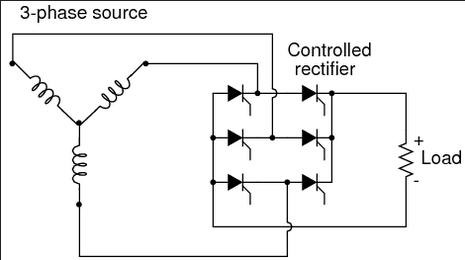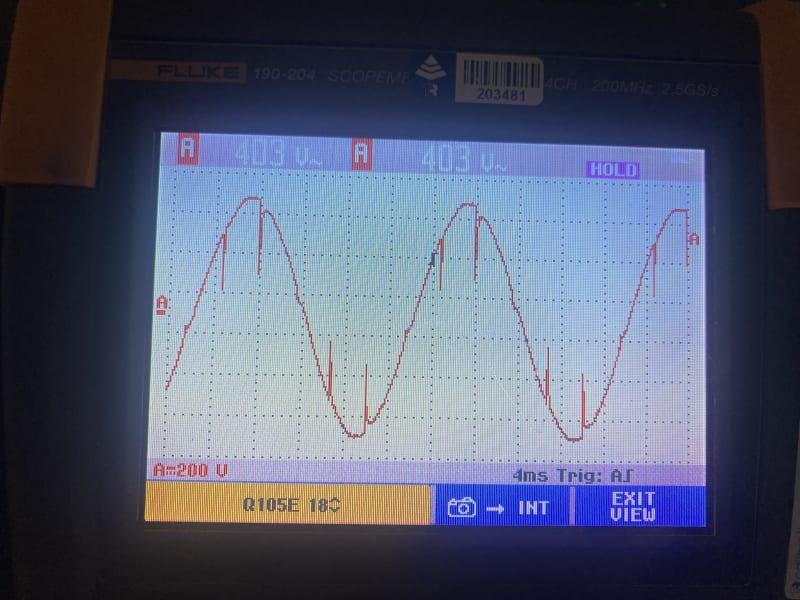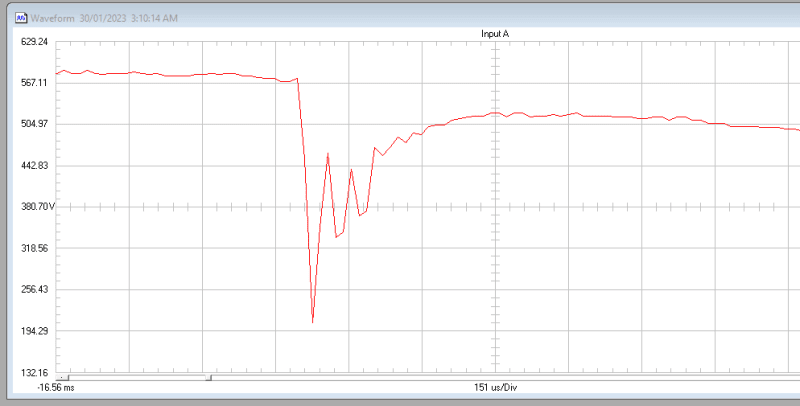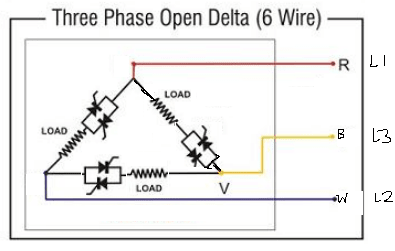DrDrreeeaaa
Electrical
Hi All
We have a SCR/Thyristor heating system with a configuration shown in the attachment. The device is a phase angle controlled resistive Silicon Carbide heating controller
We are seeing possible signs of line notching being caused by the controller - is this possible? I thought that line notching would only be caused by converters producing smooth DC - I do not see how the converter per the figure shown could cause a phase to phase short i.e. leading to line notching...
Although maybe I am missing something? Perhaps if the load resistance was low enough it could present a short due to some commutation overlap?
Any comments? Cheers
We have a SCR/Thyristor heating system with a configuration shown in the attachment. The device is a phase angle controlled resistive Silicon Carbide heating controller
We are seeing possible signs of line notching being caused by the controller - is this possible? I thought that line notching would only be caused by converters producing smooth DC - I do not see how the converter per the figure shown could cause a phase to phase short i.e. leading to line notching...
Although maybe I am missing something? Perhaps if the load resistance was low enough it could present a short due to some commutation overlap?
Any comments? Cheers

![[bigsmile] [bigsmile] [bigsmile]](/data/assets/smilies/bigsmile.gif)
![[hammer] [hammer] [hammer]](/data/assets/smilies/hammer.gif)



